Show, Don’t Tell
If there’s one thing you will be told as a writer over and over again, it’s Show, Don’t Tell. So, if you haven’t heard that said before, allow me to be the first. What does it mean to show and not tell? It means to let the reader see, hear, taste, smell, and feel what’s going on without you, the writer, telling them by labeling the action or the feeling. You do this by:
- Getting into action with active voice – using meaningful, lively verbs instead of lazy ones.
- Murdering passive voice by deleting “be” verbs (was/were/be/been/being)
- Eliminating adjectives that flower up the page without really telling us much.
This can all sound confusing, so let me show you what I’m talking about. Here’s an example that we can fix:
Kennedy was hot, sweaty, and super tired. But she kept on running, determined to at least finish the marathon.
Did you see Kennedy in your mind’s eye? Smell her? Feel sympathy for her? Probably not. But instead of telling us she’s hot and sweaty, why not show us? First, let’s get rid of that lazy, passive voice “be” verb “was” and replace it with a verb that sizzles.
Heat flooded Kennedy’s entire body, from the flush of her forehead to the stinging blisters on her toes. Her muscles burned and her shirt with the crinkled number pinned to it stuck to her belly and back as she kept pumping her legs. (Now, let’s lose that lame adjective phrase “super tired”. Let’s show it!) Her legs, like rubber, threatened to give out on her, and she clutched her side with one hand to try and quell a growing cramp. “Why am I killing myself?” she muttered with a gasp. Kennedy blinked hard and fast, then thrust out her chin and commanded her knees to lift. She would finish this race – no matter what it took.
Did you notice how that quick blink and the sticking out of her chin showed her determination, instead of telling us she had it? Did you also notice that I never used the actual words tired, sweaty, or hot, but you could tell? That’s showing!
The thing about showing vs. telling is that it actually expands the scene and brings the reader more deeply into it. As a developing writer, perhaps you’ve worried about whether you’ll think of enough things to say or to happen to fill up a story or a book. That’s a pretty common concern. But by concentrating on showing us action and feelings instead of simply labeling them, those worries will take care of themselves. Scenes will grow naturally, and will help a reader to feel that they’re inside them.
So, whenever you’re tempted to say she felt sad, or angry, or frightened, or lonely, have the character do something that shows us that instead. Rather than describing a person (or place) as spooky or generous or obnoxious, show us why that’s so.
EXERCISES:
- Pull out something you’ve written and make it bleed! (That’s writer-speak for marking it up a LOT with a red pen.) Cross out all the passive voice “be” verbs you can find. Change phrases like “she ran”. Use specific, visual verbs. For instance, Kennedy probably didn’t look like she was running. She probably looked more like she was plodding along.
- Examine a scene in a book that you like. How did the writer show instead of tell what was happening or how the character felt? What specific, lively verbs did they use? Copy them down.
- Try writing a short scene about a girl discovering an important letter. It could be old or new. It could take place in a contemporary, historical, or futuristic setting. It could be written to her or to someone else. You decide. Show us what she thinks, feels, and what she does without labeling her thoughts or feelings, or naming her actions specifically.
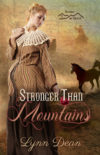
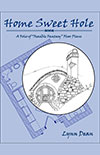


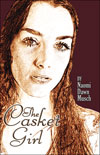
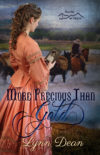


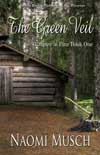




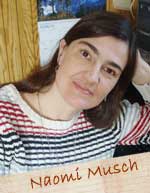


Speak Your Mind
You must be logged in to post a comment.